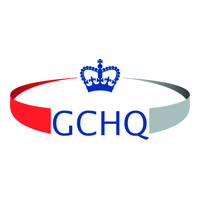
What’s the value
‘Knowledge sharing’ improves performance, productivity and innovation by capitalising on the expertise and experiences of people in the organisation.
Modern rates of knowledge acquisition are measured by its ‘half-life’, just how quickly knowledge is becoming obsolete. To handle the explosion in knowledge and know-how requires different strategies from personal acquisition and ownership. With phrases such as “I store my knowledge in my friends” and similar sharing and network-based concepts – the technology, processes and most importantly the attitudes towards knowledge sharing have changed – and organisations are finding it necessary to adapt and adopt the new ways.
Why is it valid
By implementing knowledge sharing models and methods, organisations have been able to avoid wasteful reinvention, and to speed up the time to effective deployment of new ideas and technologies. This is particularly important in environments dependent on external resource, where there is a need to quickly align diverse work practices and provides an opportunity to acquire and assimilate new expertise.
What you will experience
A structured programme that identifies, manages and delivers the change required (on the levels of processes, systems and people) in order to maximise performance, gain competitive advantage and avoid waste. In a knowledge sharing organisation, individuals are aware, can access and build on available organisational expertise and experiences through taking an active part in communities of practice (knowledge networks) which values the two-way flow of knowledge.
CITI have worked with clients, both in the private sector (e.g. leading financial service organisations) and the governmental sector (e.g. high communication & security organisations) in establishing environments, where knowledge-sharing has become embedded in the culture and collaboration and communication of knowledge are an integral part of ‘the way we do things’.
How you might start
Organisations maps what is important, where it resides, who owns how it and it is accessed.
Working with CITI a new map is drawn in which boundaries are redrawn, interworking patterns set out, the half-life of knowledge and information established, and a value model that attributes ‘worth’ to the information held established.
Implementing knowledge sharing is a cultural change, it does require good change disciplines and leadership: visionary, political, action-oriented and at the personal interaction level.
Example models, methods & tools used
KM readiness
Programme toolkit (including SIPP)
CoPs
Gamification
Clients we have helped realise this value
PAshton
Latest posts by PAshton (see all)
- Bulletin – September 2015 - September 16, 2015
- Nick Dobson - September 15, 2015
- CITI introductory video - September 15, 2015

